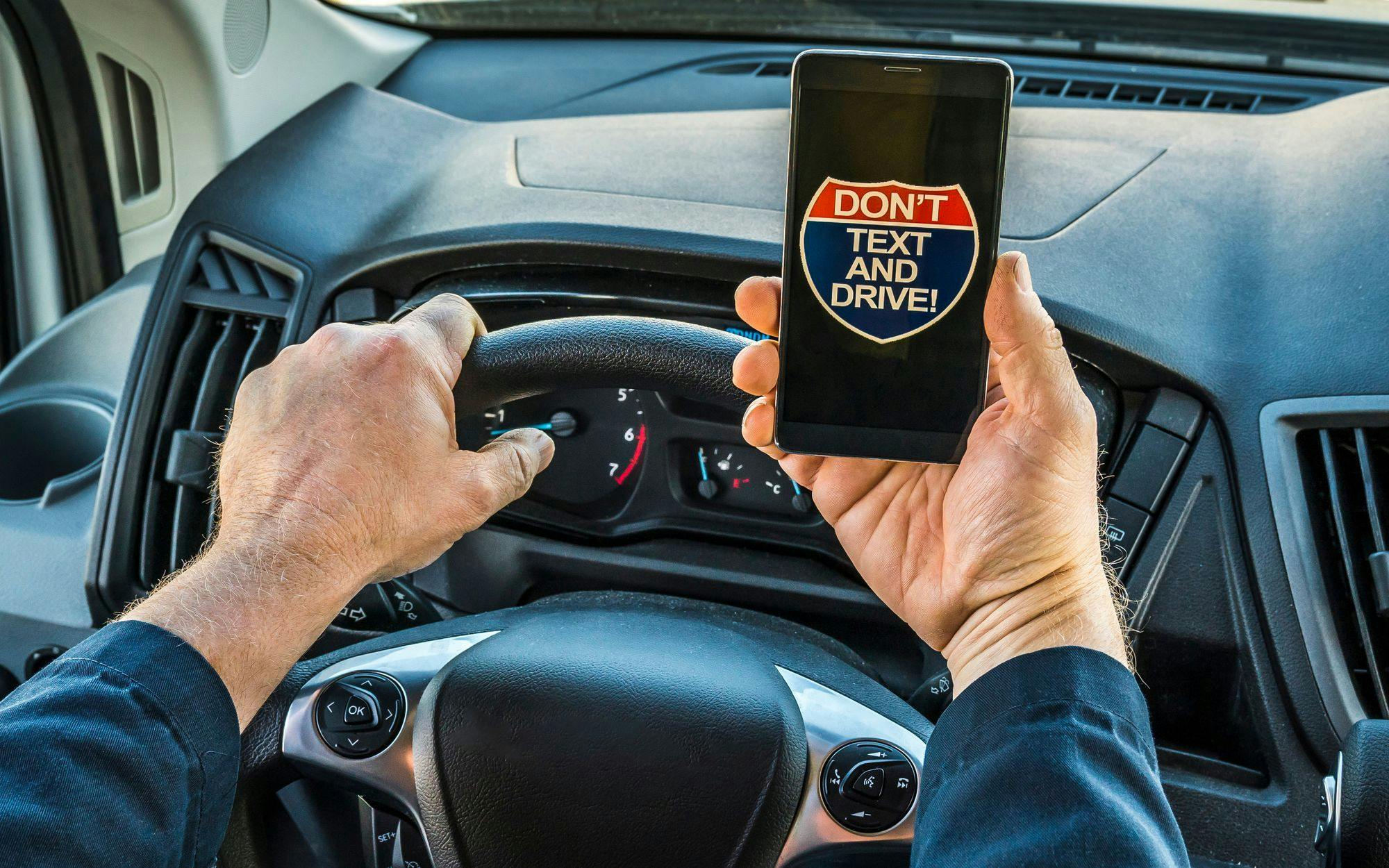
Avoid the Risks of Multitasking While Driving Construction Fleet Vehicles
It’s easy to get behind the wheel and seemingly arrive at a destination without feeling like any time has passed. Once a person has driven a route frequently, it becomes an automatic function. For fleet drivers who have regular routes, this can be especially true.
Repetition creates and strengthens synaptic connections, a process known as brain plasticity. However, when a conscious effort is put into several tasks behind the wheel, such as texting and driving, the brain is significantly strained. The more strain put on the brain, the less it’s able to do effectively.
Multitasking is an illusion
Technically, humans can only have one conscious experience at a time. Regardless, the brain is so powerful that it is able to run several automatic processes at once, such as eating, walking and talking. In this scenario, the brain rapidly switches between tasks, switching focus in just a one-tenth of a second. This nearly seamless transition between tasks falsely boosts confidence, providing an illusion of elite multitasking abilities.
Once the brain learns an action, it assigns that action to the subcortical network, which labels the new functionality as automatic. The subcortical part of the brain controls complex motor and non-motor functions, which makes it ideal for mechanical and repetitive tasks.
How does this affect driver behavior?
If a driver is concentrating on anything other than the road, there are fewer brain resources available to drive safely. Using a cellphone or other handheld device can have a negative impact on attentiveness, learning abilities and overall mindfulness—which, in turn, can cause a distracted driving accident. Keep in mind that the odds of an accident are always high, regardless of the distraction.
Changing the radio station, using Bluetooth to call a friend or following GPS are still risky behaviors, even if they don't require a majority of focus to maintain.
Why do people multitask?
Seeing a notification, such as a text message, triggers dopamine in the brain’s reward center. The expectation of another reward, such as a reply message, creates even higher levels of dopamine. These signals from the reward center are hard to resist. This is why it’s so hard to resist using a cellphone while driving.
How to avoid distracted driving
Understanding the science behind distracted driving is only the first step in preventing it. Here are a few tips to consider:
- Use a cell-blocking app;
- Implement a formal distracted driving policy;
- Ask a passenger to field messages or directions; and
- Consider a robust fleet safety program.
Related stories








